In Conversation With Daniel Chong, Creator of We Bare Bears
Cartoon Network will soon be launching its new original property show, We Bare Bears. The story of the show is about three bears who are very tech savvy and have characteristics similar to the humans.
Adgully had a conversation with Daniel Chong who is the creator of Cartoon Network Studios’ latest animated series We Bare Bears. In 2014, he won an Annie Award for his storyboarding work on Pixar’s first television special, Toy Story of Terror! Chong’ s additional credits include Pixar’s upcoming 2015 films Inside Out, Cars 2, and Disney Feature Animation’s Bolt.
Adgully: Tell us about the show We Bare Bears and how tech savvy these bears are?
Daniel Chong: The show is about three bear brothers (Grizzly, Panda, and Ice Bear) trying to integrate into human society. They live in the forest and trek over to the city to mingle. People don’t freak out at the sight of them, but don’t really enjoy their presence either. The show takes place in the (San Francisco) Bay Area, and it felt appropriate that they would be heavily involved in tech culture. It was also a way to isolate them more from the world, as technology can sometimes do, which would be another obstacle for them.
AG: Tell us about the inspiration behind this concept?
DC: Living in the Bay Area really affected my appreciation for bears. Living in East Bay [and living by University of California, Berkeley], you see bears everywhere. So I think it just gets into your system.
The whole idea for the three bears came from a time when I was in the library doodling and drawing with my girlfriend’s niece. I was trying to make her laugh by drawing really random stuff and the bears were just one of the things I drew.
AG: Can you share about the relationship between the three bears and what differentiates them from each other?
DC: The best way to sum up their personalities is in their stacking order. The bears stack on top of one another and they get around that way, and they stack (top down) from the oldest to the youngest, because they’re siblings. Grizzly is the oldest brother and he’s more of the leader, and he’s the guy that goes out there and takes charge and tells the brothers where to go and takes care of things. Panda is the middle child, so he’s in the middle of the bunch, and he’s the more emotional, introverted type of person, and in a middle child position. And then Ice Bear is the youngest child, where he’s more the wild card: not quite sure what to expect from him. He’s ignored a little bit by the two older brothers, but he’s also full of different talents and able to do a lot of different things that his brothers might not even acknowledge.
AG: What can the viewers expect from the first season of the show?
DC: There are a lot of different adventures and different types of stories. Some take place in the cave, and some take place out in the city, where they’re going out trying to meet people and trying to fit in. In one episode, we see the bears try to become Internet famous. They try to post their stuff online, but nobody cares. Also, an episode where they [the bears] lose a backpack in the city and they go all around looking for it. In another episode, the bears create their own food truck, and they try to sell calzones Ice Bear has made.
AG: Your experience of working with Cartoon Network studios?
DC: The studio was nothing but supportive and on board with the tone and sense of humor from the beginning. They gave great notes and feedback through the process, and trusted me to implement and interpret their thoughts through my storyboarding. Their understanding that ideas can change in every step, and being flexible to that filmmaking aspect was the key. The network is the most comfortable with “board driven” shows, meaning the storyboard artist resolves a lot of information and dialog, so they don’t mind waiting for that step to see what happens. As a storyboard artist myself, that was very liberating, and didn’t slow down the creative process.
AG: Tell us about the process of developing cartoons?
DC: I work with the writers very closely, and either I will pitch an idea, or they will pitch an idea to me. Once we settle on that idea, [the writers will] start fleshing it out, and I’ll check in with them periodically. We often involve all of the story artists, to pitch in ideas about how to flesh it out. And we go through quite a few passes of a story before we feel like it’s ready to show to the executive team here.
Once we send that over and we get our notes, it goes over to the storyboard artists, normally a team of two, and they have about four weeks to flesh out the whole storyboard. I basically check in with them every couple of days with my director, Manny Hernandez. One thing we do very differently on our show is that we run the storyboard department a bit like I ran feature departments. I give people a small chunk and then check in with them. Most TV shows have very few check-ins. But we feel like our stories are slightly complicated, and a little bit hard to navigate sometimes, so it’s better for us to be able to check in more often, and have a stronger hand on where everybody is going, to make sure everyone is on the same page.
The revisionists will deal with any notes, clean up drawings, color the bears (the bears have to be colored because it’s hard to tell who’s who sometimes), and then it’ll get recorded by our actors. Then it’ll go to our animatic director, who will cut it together, and usually, I’ll work really closely with the animatic director and the editor to shape the piece into an eleven minute show.
From there, it goes to Tony Pulham, the art director, who will basically divide it up into the different departments, such as layout, background, paint, color, character design and props. Once all those things are figured out, then it gets shipped over to Korea for a couple months, and then it comes back. The process takes a little less than a year.
There was a very conscious effort to soften the world and make it feel very friendly and sweet. We definitely were referencing a lot of children’s book illustrations and illustrators, a lot of things like Winnie the Pooh. I knew I wanted a storybook feel and painterly quality, something that felt very natural and not too graphic with the design. Our art director Tony did a great job of really finding our style and helping it feel very lush and comforting. With the character design, it’s a lot of the same ideas—a lot of round characters. I wanted to feel the characters very tangibly, so I didn’t want there to be a lot of sharp edges and wanted it to feel very squishy almost, so that the bears would be huggable.
AG: Please shed some light on your overall journey in the industry so far?
DC: So when I was at Cal Arts, I really wanted to work at Cartoon Network studios. I was really inspired. I loved The Powerpuff Girls. That was a show I really loved when I was at school. After a lot of phone calls and hassling, I got an internship on The Powerpuff Girls. I was doing a lot of production stuff, but [the internship program] had training for doing an art pitch, so I got to do that too, which was really beneficial and helpful. That was very integral to my career, because I got to see what everyone in a studio actually did for a living. There were all these different types of jobs, and it was only then that I found out that being a story artist was what interested me. Those guys got to write, they got to draw, and they got to come up with all the business of the episode, so that’s something that I really gravitated toward, because I loved drawing cartoons and comics. After my second year of school I ended up at Disney Feature Animation in the training program, and after that I went on to work on a couple of films there.
One of the most influential things I learned at Disney was with Chris Sanders on a movie called American Dog. Working with him was one of the most influential times because he had a certain sensibility; a certain way of running his crew that really inspired me. It became Bolt, which I worked on. After that I jumped around a little bit. I was at Blue Sky and Nickelodeon, and then after that I was at Pixar for about four years. I worked on a couple of projects, a couple of their TV specials, a couple of shorts, and most recently, Inside Out.
Most of the projects I’ve worked on have had John Lasseter as the executive producer. He has always been so collaborative in allowing story artists to be a part of the writing room and the shaping of a film. I think that being around that atmosphere has really shaped how I think and how I want to run my show and how critical I am of how I do.


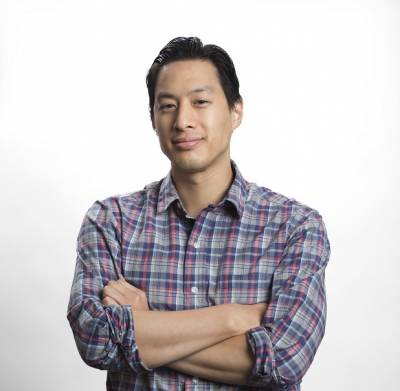

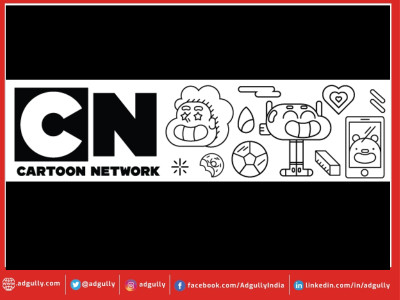
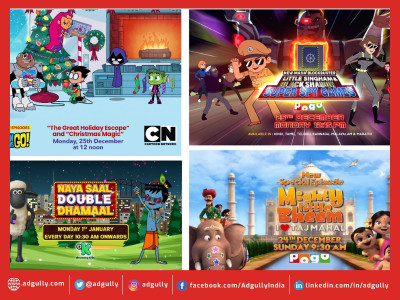

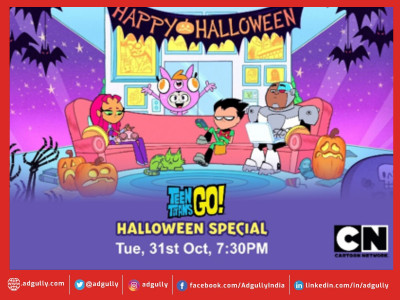

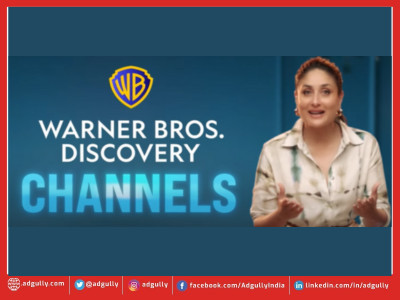
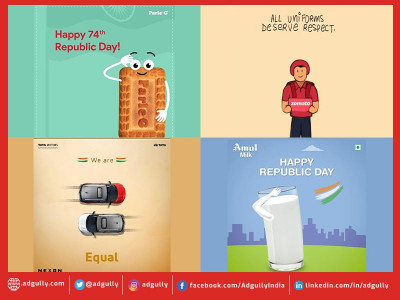
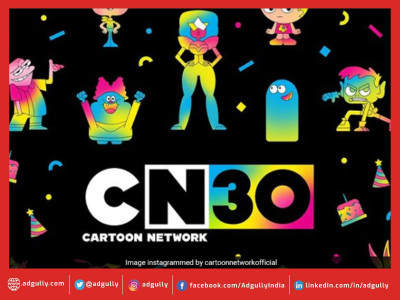
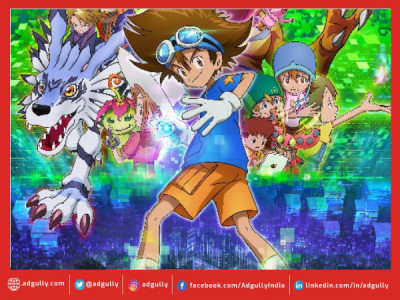



Share
Facebook
YouTube
Tweet
Twitter
LinkedIn